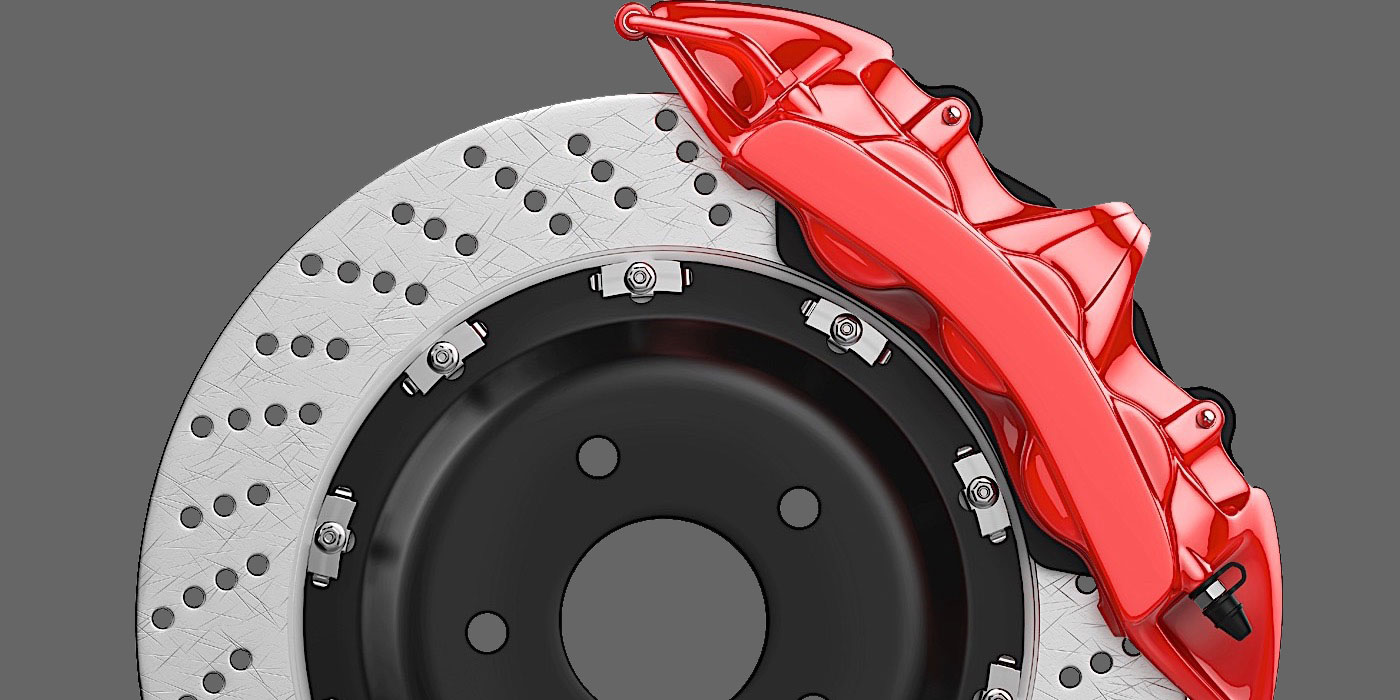Braking is not equal on single piston. That is the reason that most older single piston equipped cars have a thicker inner pad when new.
I could see some logic in the inner pad being thicker, but I bet it really doesn't matter much. Not going to get a whole lot of wear on the inner pad until the outer pad contacts the rotor. I agree there will be some due to resistance in the caliper body moving, but until that outer pad contacts the rotor the caliper won't be squeezing anything. Assuming the caliper isn't stuck, otherwise absolutely the inner pad will do all the work.
One thing to be aware of is the area of the pistons. If you apply 1000 psi of hydraulic pressure to 6 square inches of piston, you get a much great force than if you apply the same pressure to 4.5 square inches of pistons. And generally a single piston floating caliper has a much larger piston than a fixed 4 piston caliper. A 2.75" "larger" piston A-Body caliper has 5.8 sq. inches while a 2015 Scat Pack 4 piston Brembo caliper has 4.71 sq. inches. So that single piston caliper will squeeze the rotor 23% harder than the Brembo caliper, ignoring losses due to friction from the caliper and pad slides and flex in either caliper.
And no, opposing piston calipers don't get to double the area. Doing so would ignore the "pull" of the single piston caliper (think "equal and opposite reaction.."). Brake torque calculations use total piston area only one side of the rotor for all styles.
One thing a multi piston caliper does do for you is move the pistons towards the edge of the caliper which can have a significant impact on the brake torque. The lever arm is calculated using the center of the pad to average it and a narrower pad will move that out much like adding a pipe to a ratchet. Add that to a much larger rotor and you can have a pretty significant impact on how much brake torque you can generate.
Multi piston calipers also used a larger/longer pad since the area of the caliper pistons is increased, your swept pad rotor area is much larger putting more friction to the rotors and allowing for quicker heat dissipation.
I agree with the heat dissipation, and would add they last longer. But the size of the pad does nothing to add to the stopping power because if you take the same force and apply it over different areas, the one with more area will have less force per square inch. Thus it basically equals out.
That's one reason the 8 piston Z06 calipers get away with 8 individual brake pads. They don't gain any better braking adding the extra material between the pads. Not really sure what the advantage to 8 individual pads is other than potentially frustrating the mechanic doing the brake job.
In the end, brakes are a system and rotor size, pad size, caliper construction, etc. all needs to be taken into account. Can't just say a floating caliper will brake worse than a fixed one.



















